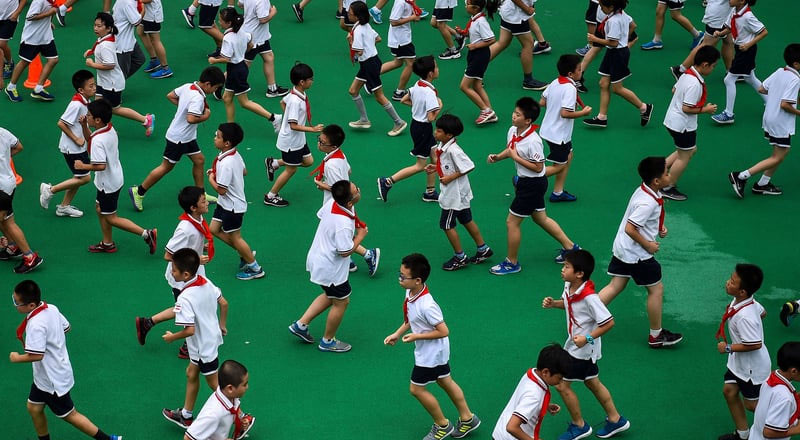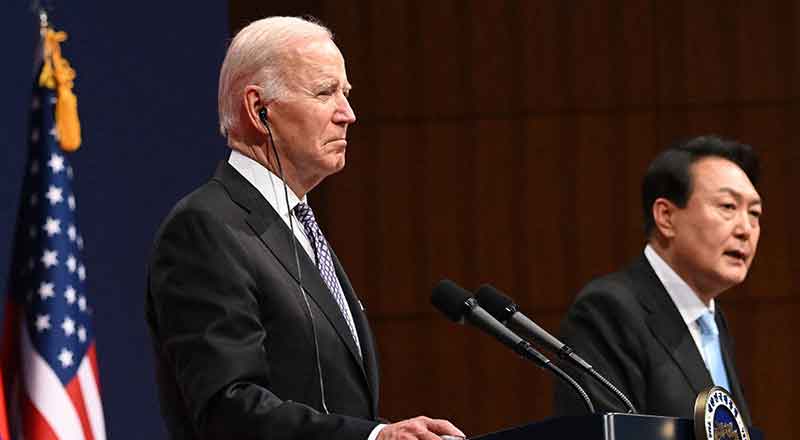- China’s number of working people has fallen by more than 41 million in the past three years, reflecting both the coronavirus pandemic’s toll on the economy and a decline in the working age population.
- Top factors are- higher youth unemployment due to the pandemic as well as a shrinking number of people in the “classic age group of the working-age population,”
- The number of people in China aged between 16 and 59 has been gradually declining since 2012.
- China’s economic growth is expected to accelerate this year due to the end of coronavirus restrictions and a sharp drop in infections.
- China’s retirement age has remained unchanged for more than four decades at 60 for men and 55 for female, whereas the country’s ruling Communist Party has listed retirement age reform among its key economic tasks for the year.
- China’s workforce has also become significantly more urbanized over the last decade, according to China’s statistics bureau
China’s number of working people has fallen by more than 41 million in the past three years, reflecting both the coronavirus pandemic’s toll on the economy and a decline in the working age population. Some 733.5 million Chinese people were employed in 2022, according to the country’s statistics bureau. That’s down from 774.7 million in 2019. The data reflects a rapid rise in the number of people retiring, likely raising pressure on Beijing to accelerate unpopular plans to raise official retirement ages.
The drop reflects factors such as higher youth unemployment due to the pandemic as well as a shrinking number of people in the “classic age group of the working-age population,” said a demographer at the Hong Kong University of Science and Technology.
The number of people in China aged between 16 and 59 has been gradually declining since 2012. Over the last three years, the number in that group dropped 38 million to 857.6 million — a much more rapid fall than in previous years. Demographic change was the “driving factor” in 2022’s employment drop, said a labour economist at Peking University, as the population reaching the age of 60, a common retirement age in China, “increased dramatically.”
China’s economic growth is expected to accelerate this year due to the end of coronavirus restrictions and a sharp drop in infections. As a result, the number of employed people in China “could rise this year as people return to the workforce,” said Larry Hu, China economist at Macquarie Securities Ltd, adding that “it will remain on the structural downtrend due to the aging population.”
China’s retirement age has remained unchanged for more than four decades at 60 for men and 55 for female white-collar workers, even as life-expectancy has risen. China experienced a baby-boom during the 1960s, meaning a large cohort of workers will fall out of the 16-59 age group over the course of this decade.
The country’s ruling Communist Party has listed retirement age reform among its key economic tasks for the year. More detail on reform plans may be provided this month, when the annual government work report is presented at the National People’s Congress — an annual meeting of China’s rubber-stamp parliament.
The strength of public opposition to any changes was highlighted last month, when a research report from Citic Securities forecasting a rise in the retirement age for women starting in 2025 sparked widespread criticism online.
China’s workforce has also become significantly more urbanized over the last decade, according to China’s statistics bureau, a trend economists see as positive for economic growth. About 63% of workers were employed in urban areas last year, up from 50% a decade previously.





